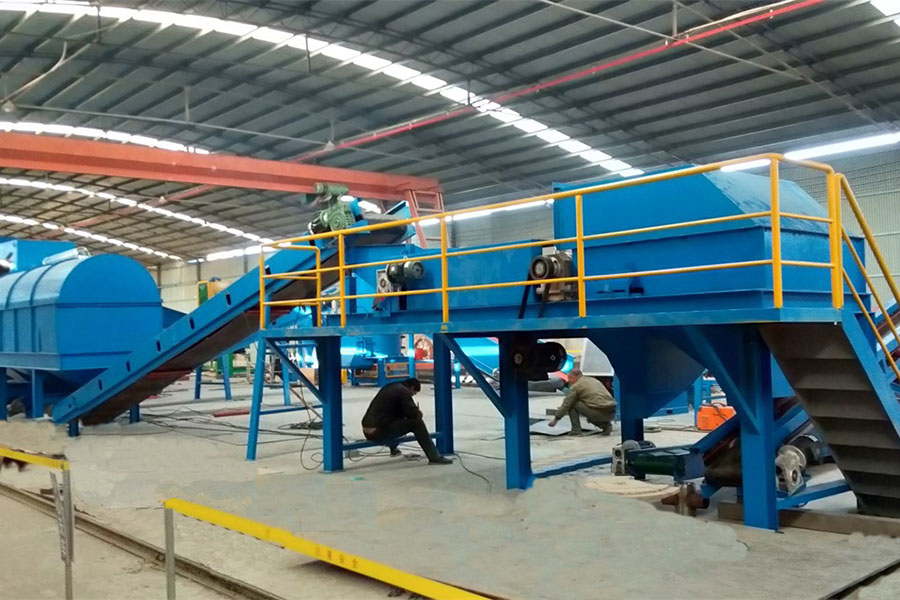

វិច្ឆិកា . 22, 2024 12:47 Back to list
The Importance of Shredding Machines for Metal Recycling
In the rapidly evolving world of recycling, metal shredding machines play a crucial role. As industries continue to grow and the demand for metals increases, the efficient recycling of scrap metal has become more important than ever. Shredding machines are essential tools in this process, not only aiding in the reduction of metal waste but also facilitating the recovery of valuable materials from old and unused products.
Understanding Shredding Machines
Shredding machines are designed to reduce the size of materials through mechanical means, typically by cutting, tearing, or compressing. When it comes to metal, these machines can handle a variety of types, including ferrous and non-ferrous metals such as steel, aluminum, copper, and others. The shredding process involves breaking down large metal pieces into smaller, more manageable sizes that can be processed further. This size reduction is vital as it enhances the efficiency of subsequent recycling processes, including sorting and melting.
Benefits of Metal Shredding Machines
1. Improved Recycling Efficiency By shredding metal into smaller bits, the surface area of the material is increased, allowing for more effective melting in furnaces. This means that scrap metal can be converted back into usable metal more quickly and efficiently.
2. Cost-Effectiveness Shredding machines significantly reduce the volume of scrap metal. This volume reduction leads to lower transportation costs, as more metal can fit into a truck, saving on fuel and logistics expenses. Additionally, the recovered materials can be sold back into the market at competitive prices.
3. Environmental Impact Metal recycling via shredding machines reduces the need for mining new materials, conserving natural resources and reducing energy consumption associated with the extraction and processing of virgin metals. The environmental benefits extend to reducing landfill waste, as more scrap metal is diverted from landfills and reprocessed.
4. Safety and Compliance The use of shredding machines improves workplace safety by minimizing the handling of sharp and dangerous metal pieces. They also help in compliance with environmental regulations by ensuring proper disposal and recycling of metal waste.

The Shredding Process
The shredding process begins with the collection of metal scrap, which can come from various sources, including old vehicles, appliances, and industrial scrap. Once the scrap metal is gathered, it is fed into the shredding machine. The machine uses robust blades and high-powered hydraulics to cut and shred the metal into smaller pieces.
After shredding, the metal is often further sorted by type. Advanced shredding machines may include magnets or eddy current separators to differentiate ferrous metals from non-ferrous ones. This sorting is crucial as different metals have different recycling processes and values.
Innovations in Shredding Technology
As technology advances, shredding machines have evolved significantly. Modern machines are equipped with smart technology and automation, which optimize performance and efficiency. For instance, many shredders now incorporate sensors that monitor the strain on the machine and adjust operations in real-time, preventing jams and increasing productivity.
Moreover, innovations in blade design and materials have resulted in machines that are more durable and require less maintenance. This not only extends the life of the equipment but also reduces downtime, allowing recycling facilities to operate more smoothly.
Conclusion
The role of shredding machines in metal recycling cannot be overstated. They not only facilitate the efficient processing of scrap metal but also support broader sustainability goals by conserving resources and minimizing environmental impact. As industries continue to seek innovative ways to manage waste and optimize resource use, shredding machines will remain a key component of effective recycling operations. Investing in reliable shredding technology is not just a smart business move, but also a crucial step towards a more sustainable future.
Latest news
Troubleshooting Common Eddy Separator Problems
NewsJul.04,2025
The Role of Metal Recycling Plants in Circular Economy
NewsJul.04,2025
The Impact of Recycling Line Pickers on Waste Management Costs
NewsJul.04,2025
Safety Features Every Metal Shredder Should Have
NewsJul.04,2025
How Industrial Shredders Improve Waste Management Systems
NewsJul.04,2025
How Cable Granulators Contribute to Sustainable Recycling
NewsJul.04,2025